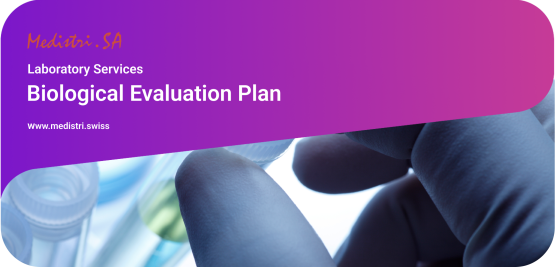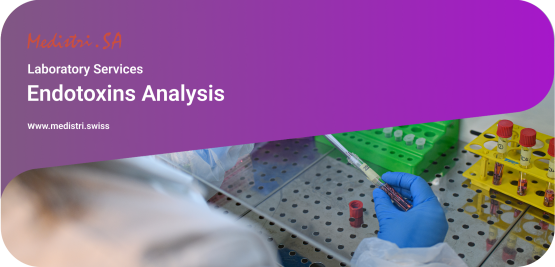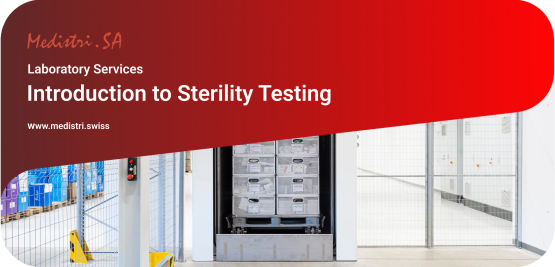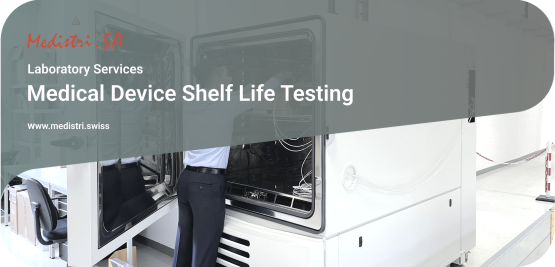Bioburden Routine Determination
Bioburden Routine Determination is a process used to measure the total microbiological population on a medical device or pharmaceutical article prior to sterilization. This process is crucial for ensuring the sterility of these products.
Medical Devices Intradermal Reactions
Biocompatibility testing is a critical part of the safety evaluation process for medical devices. One of the key tests in biocompatibility testing is the irritation or intradermal reaction test. This test is designed to evaluate the potential of a medical device to cause irritation to the skin or other tissues.
Sensitisation
Sensitisation testing ensures the safety of medical devices by assessing their compatibility with biological systems and their potential to cause harm or adverse reactions.
Toxicological Risk Assessment
Certain regulatory bodies require a toxicological assessment of extractables and leachables, for certain products, to establish the device’s safety limits of these impurities. ISO 10993-17:2023 specifies the determination of allowable limits for substances leachable from medical devices. It is intended for use in deriving standards and estimating appropriate limits where standards do not exist. It describes a systematic process through which identified risks arising from toxicologically hazardous substances present in medical devices can be quantified.
Risk Mitigation
Risk mitigation through testing in the biocompatibility scenario is a crucial step in the evaluation of medical devices. It involves assessing the biocompatibility of the materials and processes used in the device by taking a risk-based approach to their biological safety evaluations.
Biological Evaluation Plan
A Biological Evaluation Plan (BEP) is an essential step in the medical device production process. This plan is aligned with the ISO 10993, the international series of standards for the biological evaluation of medical devices.
Endotoxins Analysis
Bacterial endotoxins can trigger severe inflammation and death if they enter the bloodstream, cerebrospinal fluid, or intraocular fluid. Accurate detection of endotoxin levels in medical products is therefore an important part of the sterility testing process. Evaluation of bacterial endotoxin pyrogens is included in the International Organization for Standardization (ISO)’s new standard for microbiological methods.
Small Molecule Identification and Purity Testing
Small Molecule Identification and Purity Testing is essential for a variety of reasons. First and foremost, it ensures the safety of the substances we interact with. Impurities in pharmaceuticals, for example, can lead to adverse effects or diminish the efficacy of the drug. Many industries, especially pharmaceuticals, are subject to strict regulations. Purity testing helps companies comply with these regulations and avoid potential legal issues.
Introduction to Sterility Testing
Sterility testing is required to ensure viable contaminating microorganisms are not evident in a product. This testing is conducted by direct inoculation or membrane filtration methods and is performed in a cleanroom environment.
Medical Device Shelf Life Testing
Medical devices are labeled with an expiration date that is supported by testing shelf-life data. Medical device manufacturers wishing to gather data on the shelf life of their products may subject their devices to long-term stability studies or accelerated aging studies. There are many different endpoints that can be used to assess the shelf life of a medical device, including sterility or package integrity, so it is important that endpoints and test methodology are decided upon before testing is begun.










